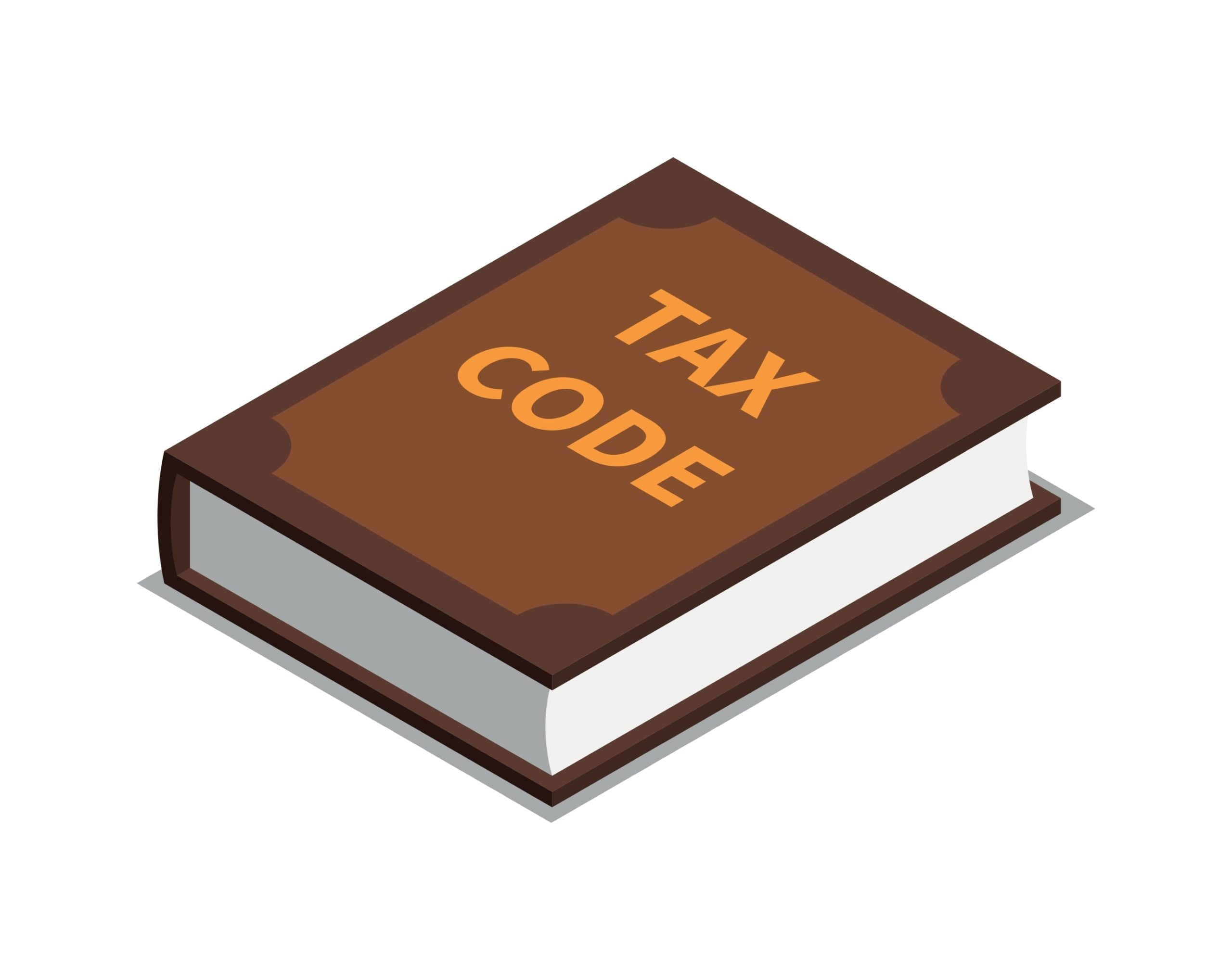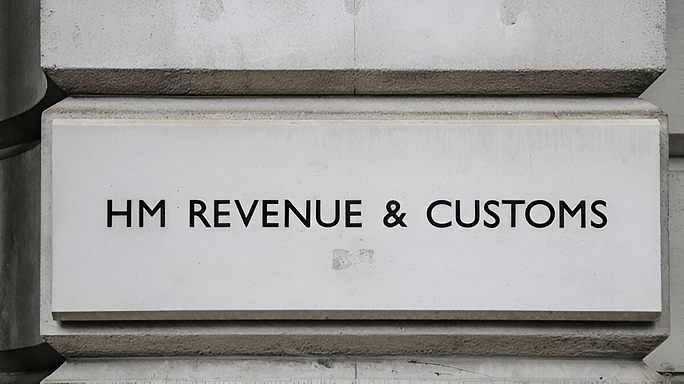
Understanding UK Tax Codes: A Complete List
Tax codes in the UK play a crucial role in determining how much income tax is deducted from your earnings. They are used by employers and pension providers to calculate the correct amount of tax to withhold. With various codes in use, understanding what they mean can help ensure you’re paying the right amount of tax. This guide provides an overview of UK tax codes, including their types, meanings, and how to interpret them.
What Is a Tax Code?
A tax code is a series of numbers and letters used by HM Revenue and Customs (HMRC) to determine how much income tax should be deducted from your salary, pension, or other income. The tax code helps your employer or pension provider calculate your tax-free personal allowance and ensure that the correct amount of tax is paid.
How Tax Codes Work
Your tax code reflects your personal allowance, which is the amount of income you can earn before paying tax. For the tax year 2024/25, the standard personal allowance is £12,570. The tax code adjusts this allowance based on various factors, such as benefits in kind, additional allowances, or other income sources.
Basic Components of a Tax Code
- Numbers: Indicate the amount of your tax-free personal allowance divided by 10. For example, a tax code of 1257L represents a personal allowance of £12,570 (1257 x 10).
- Letters: Represent different aspects of your tax situation. Common letters include:
- L: Standard tax code for those eligible for the full personal allowance.
- M: For those who have transferred some of their personal allowance to their partner under the Marriage Allowance.
- N: For those who have received a transfer of personal allowance from their partner.
- T: Indicates that there are other adjustments to your tax code or that HMRC needs more information.
- K: Used when your total allowances are less than your deductions (e.g., if you receive taxable benefits in kind).
Common UK Tax Codes
Here’s a breakdown of some common tax codes and their meanings:
1. 1257L
- Meaning: The standard tax code for individuals with the basic personal allowance of £12,570.
- Use: Most employees and pensioners will have this code if they are eligible for the standard personal allowance.
2. BR
- Meaning: Basic Rate tax code. It indicates that all income is taxed at the basic rate of 20%.
- Use: Typically used for additional income or second jobs where personal allowances have already been used up.
3. D0
- Meaning: Higher Rate tax code. All income is taxed at the higher rate of 40%.
- Use: Applied when all income falls into the higher rate tax bracket.
4. D1
- Meaning: Additional Rate tax code. All income is taxed at the additional rate of 45%.
- Use: Used for income above £150,000 where the additional rate applies.
5. NT
- Meaning: No Tax. Indicates that no tax should be deducted from the income.
- Use: For income that is not taxable, such as certain state benefits.
6. M
- Meaning: Marriage Allowance transfer. This code is used when you have transferred part of your personal allowance to your partner.
- Use: Applied when eligible for the Marriage Allowance.
7. N
- Meaning: Marriage Allowance recipient. Indicates that part of your personal allowance has been transferred from your partner.
- Use: Applied when you benefit from the Marriage Allowance transfer.
8. T
- Meaning: Other adjustments. Indicates that there are additional adjustments or HMRC needs more information.
- Use: Used when your tax situation requires special handling.
9. K
- Meaning: Adjusted tax code. Used when your total allowances are less than your total deductions.
- Use: Applied when you have significant taxable benefits or other adjustments.
- How many years can HMRC go back for self-assessment?
- How does HMRC know I have rental income?
- What do you do if you are new to completing self-assessment tax returns?
- Do HMRC check self-assessment returns?
- Making Tax Digital For Income Tax
How to Check Your Tax Code
You can check your tax code on your payslip, P60, or P45. If you believe your tax code is incorrect, contact HMRC or consult a tax professional. Common reasons for incorrect tax codes include:
- Incorrect Personal Details: If your personal details have changed, such as a name change or a change in marital status, your tax code may need updating.
- Incorrect Income Information: If you have additional income or benefits not reflected in your tax code, it may be adjusted.
- Incorrect Benefits: If you receive benefits in kind or other taxable perks, your tax code may be affected.
What to Do If Your Tax Code Is Wrong
If you find that your tax code is incorrect, it’s important to take action:
- Contact HMRC: Call HMRC or use their online services to inform them of the error. They will review your tax code and make necessary adjustments.
- Check Your Tax Code Regularly: Ensure that your tax code remains accurate throughout the tax year, especially if there are changes in your income or personal circumstances.
- Seek Professional Advice: For complex situations or if you’re unsure about your tax code, consult a professional accountant, such as CANGAF Accountants. Our team can help ensure your tax code is correct and assist with any adjustments needed.

How CANGAF Accountants Can Help
At CANGAF Accountants, we specialize in providing expert tax advice and financial services to individuals and businesses. Our team can assist you with understanding and managing your tax code, ensuring you pay the correct amount of tax and avoid any unnecessary liabilities.
For personalized assistance with your tax code or any other tax-related concerns, contact us:
- Address: 235 Tonge Moor Road, Bolton BL2 2HR
- Email: info@cangafltd.com
- Phone: 01204 859315
Conclusion
Understanding UK tax codes is essential for ensuring you pay the correct amount of tax and manage your finances effectively. By familiarizing yourself with the different tax codes and their meanings, you can avoid common pitfalls and ensure your tax situation is handled accurately. If you need help with your tax code or any other financial matters, CANGAF Accountants is here to provide expert guidance and support.


